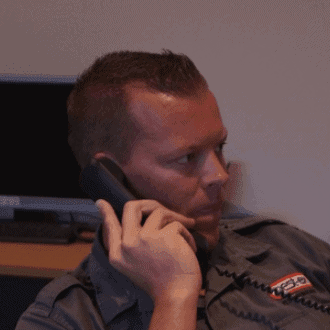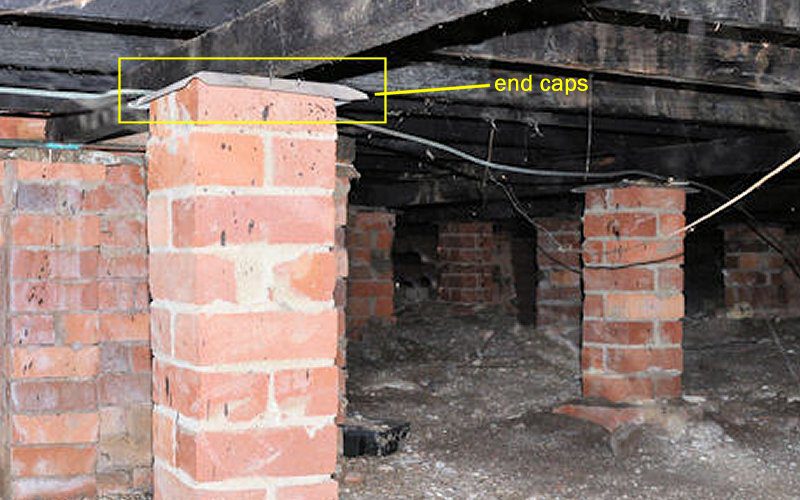
Got a Pest Problem? Call Us Today →

“We’ve just bought a relatively new house, and we’re concerned about termites. What causes them and how can we be sure the house is safe?”
 Great question Sandra. Having a good understanding of what can cause an infestation is the best way to prevent one. Here’s some advice we give to customers each and every day about causes and best prevention measures.
Great question Sandra. Having a good understanding of what can cause an infestation is the best way to prevent one. Here’s some advice we give to customers each and every day about causes and best prevention measures.It should be noted that most of the common termite causes can be prevented. For most jobs we attend, the infestation has come about either through no termite protection in place, or mistakes made by the home owner – such as timbers stored up against the house, leaking hot water systems, concrete slabs poured without any consideration given to termites, (including renovations and extensions) as well as other things such as garden beds up against weep holes.
Let’s look at what home owners can do to protect their homes and prevent costly repairs.

One of the main causes of termite infestations is building movement or settling of the foundations. Every building “moves” and every concrete slab will show signs of hairline cracks over a period of time. It’s a common misconception that people assume their home doesn’t have cracks because it’s new or well built, but if you go out into your garage and look closely at the concrete slab, 90% of homes will have small cracks in the floor.
Termites gain direct access to your property through these small cracks which are usually present within the bathroom, kitchen or even beneath the carpets of your bedrooms.
TIPS
Another common cause for termite infestations are plumbing and electrical piping and conduit entry points within the home. This includes plumbing within the bathroom, laundry, shower, toilet, kitchen pipes and the main electrical conduit that comes in where the metre box is at the side of your house.
In addition to these hairline cracks, you have several main lines that transverse through the slab into your home. Over the years as your slab naturally moves or it dries and sets, the potential arises that very small cracks develop around these pipes or lines. Termites simply travel through the ground naturally looking for food and it’s through these small gaps where they reach the timber in your home.
It should be noted that you don’t need significant foundational movement, or settlement for cracks to develop. Termites literally only need a millimetre to gain an access point into your home.
TIPS

For houses raised on stumps, (either timber or concrete) we don’t recommend that you do any modifications the end cappings. We often see customers moving into a new home and cutting or modifying the end capping and in some cases, homeowners placing a latticework over the front purely for aesthetic reasons. End caps serve a purpose, and by cutting it off you’re providing a direct access point for termites to get into the house.
TIPS
Another common one to avoid is extending the external weatherboard all the way to the ground. When customers undertake renovations, they use weatherboard that looks like rendering and they use this weatherboard sheeting to clad the external wall. They then extend it all the way down to ground level over the slab edge because it’s visually more appealing. Technically there should be a 75-millimetre clearance between the external sheeting and the ground, but when home owners fix the cladding in a way that extends all the way to the ground, termites just go straight up the back of the cladding and into the wall undetected.
TIPS

Another common cause for termites would be the storage of timbers, mulch, wood piles, logs and firewood. It’s not unusual to see timbers or firewood stored up against the side of a house or under the carport. This should be avoided and stored up on bricks or grey concrete blocks if possible. Two besser bricks and trestle planks would provide a great elevated storage platform.
TIPS
If you are undertaking any home extensions, it’s really important to make sure that when builders pour the floor slab, the join where the old slab meets the new floor slab is correctly sealed. The new slab over time will dry and shrink creating a slight gap between the two slabs providing an opening for termites to come up through the ground. We often find that this joint is not sealed because its assumed carpet will be laid over it, however, it is from this point that termites will make a mud trail under the carpet towards the home walls.
TIPS
When you find termites in your roof cavity, it’s a common misconception to assume they have entered through gaps in roof tiles or cracks in the roof. In fact, the termites have simply worked from the ground up. When they reach the roof, that’s their highest point, so they will naturally just keep feeding in this area until the damage becomes visible.
The exception to this might be a leaking tile that creates internal water damage, which leaks down the pipes into the slab and onto the soil. So, when the termites find that moisture, they follow the water trail. Often termites go undetected because homeowners can’t see behind the wall lining. The same principle applies to a leaking shower or bathroom toilet – termites simply follow the source of water.

Pest-Ex have been servicing Southeast Queensland for more than a decade. We service all areas of Brisbane, the Gold Coast, Logan and Tweed Heads. With more than 10,000 satisfied customers, it pays to work with professionals who provide the very best in pest control.
Give us a call today if you need assistance or advice.







